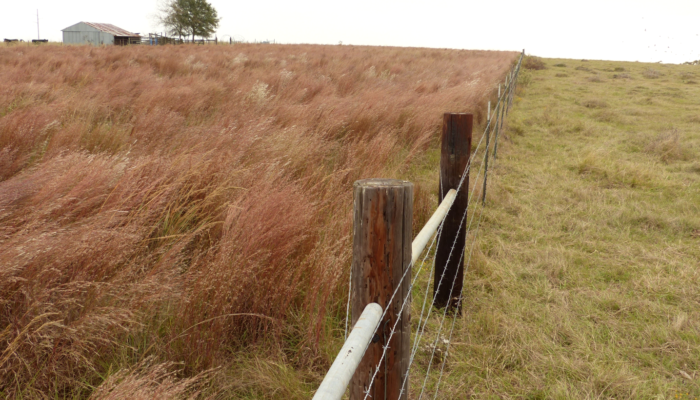WHF History
WHF History

2000 Acquired WW Ranch
In 2000, Jim Willis and John Webb purchased a 225-acre ranch in Colorado County and named it WW Ranch. The property was primarily coastal prairie that was severely overgrazed and lacking in wildlife. They developed a wildlife habitat restoration plan, obtained an open space tax valuation, and with the help of USDA Natural Resources Conservation Service, Texas Parks and Wildlife Department (TPWD), U.S. Fish and Wildlife Service and Audubon Texas, began to restore the land. Five years later, in 2005, WW Ranch was recognized by the Texas Parks and Wildlife Department as the Lone Star Steward Award recipient for the Gulf Coast Prairies and Marshes Ecoregion.
2004 Founding of Wildlife Habitat Federation℠ (WHF)
In 2004, Willis and Webb became co-founders of the Wildlife Habitat Federation℠ (WHF) to encourage others to emulate their success by providing a source of assistance and guidance to other landowners in the local area. In 2004, WHF began working in 2 counties on 200 acres.
2006 Awarded a Conservation Innovation Grant
In 2006, desiring to expand the native prairie footprint in the area, WHF applied for and was the first Texas recipient to be awarded a Conservation Innovation Grant from the U.S. Department of Agriculture’s National Resources Conservation Service. The grant provided funding to increase quail habitat along a 7 mile long corridor starting at the Attwater Prairie Chicken National Wildlife Refuge in Eagle Lake and ending at WW Ranch in Cat Spring. Portions of the 150-foot wide corridor were “set apart” with fencing that ran parallel to existing boundary fences and crossed 5 ranches. Using various restoration practices such as prescribed burning, herbicide applications and no-till planting, the land lying within the boundaries of the corridor was returned to a more historical native grass and forb plant community. The corridor was completed in 2010.
2013 TPWD’s Oaks and Prairies Joint Venture Began
In 2013, TPWD’s Oaks and Prairies Joint Venture began annual bird counts in a focal area that included the WHF Quail Corridor. They found 31 species of birds and a population increase of 80% more birds living in the corridor area than in the surrounding landscape. In 2014, 30 Attwater Prairie Chickens were seen in the corridor off of the refuge. The success of this program demonstrates that agriculture and wildlife habitat can co-exist. To quote Aldo Leopold in his book, A Sand County Almanac, “Can we really not have ‘both progress and plants’?”
2016 New Program Director
2016 saw the addition of a Program Director, Garry Stephens, who came to us after 30 years service with the USDA-Natural Resources Conservation Service. His knowledge of government programs and expertise in the field of conservation has helped build WHF into the organization it is today.
2023 Increasing Impact to 50 Texas Counties
After 19 years of diligently putting habitat on the ground, WHF has increased its area of impact to 50 Texas Counties and is seeing positive results with improved habitat management on over 110,000 acres. Urban projects have included the Katy High School Tiger Prairie, the Memorial Park Landbridge Project, Hermann Park, M.D. Anderson campuses, the Fulshear FM 1093 Median project and the Texas Heritage Parkway.
2024 Celebrating 20 Years
WHF celebrates 20 years of restoring resilient grasslands and healthy watersheds.
Present
WHF has provided more than $58.1M in ecosystem services to landowners and project partners.
